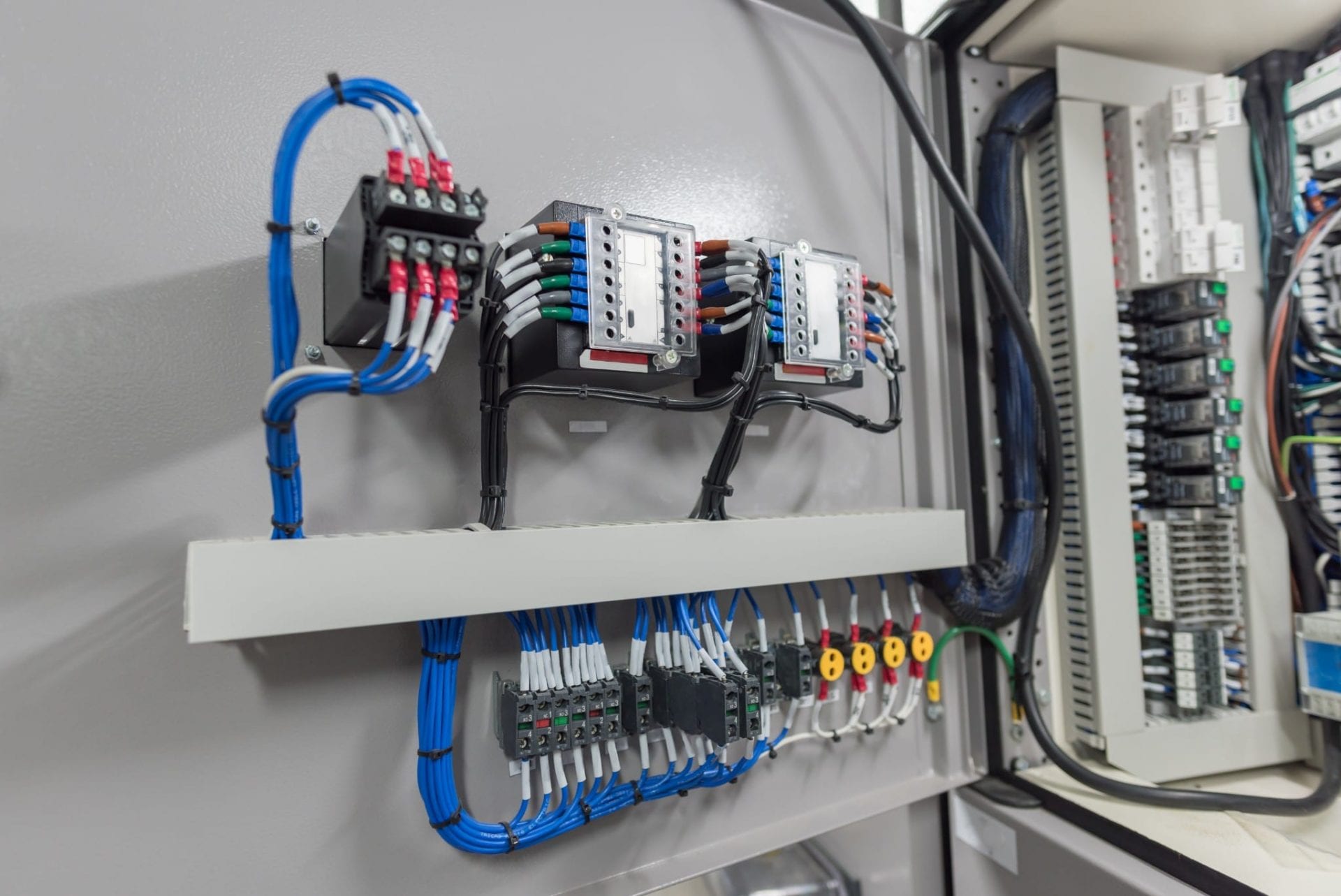Electrical Wiring for Beginners: The Definitive Guide

Electrical wiring is an essential part of any home, and knowing it is essential for every homeowner. It is not just important in ensuring the proper operation of your home but it’s also crucial for your safety. In this article, we’ll discuss the basics of electrical wiring and the importance of safety and the advantages having an accredited residential electrician for all your electrical wiring requirements.
Understanding the fundamentals of electrical wiring
Electrical wiring is the network of electrical conductors that runs through your home, carrying electricity to your appliances, devices, and lighting fixtures. It functions by creating electrical circuits which connect the sources of power and your appliances. Electrical circuits consist of wires, switches, along with other electronic components, which function to create a safe and functional electrical system. There are various kinds of electrical wiring. These include aluminum, copper, as well as different types of wire insulation, such as PVC, rubber, or paper.
Preparation and Planning for Electrical Wiring
Before installing the new wiring for electrical use, it is important to consider a variety of factors to consider, including the kind of wiring that you require, the power capacity for your current electrical systems and your power needs. Additionally, it is important to be aware of electrical rules and regulations for wiring as well as the permits that are required in your region. To prepare the electrical wires, you must create an electrical plan and evaluate your electrical needs. This will make sure that the electrical wiring is secure efficient, reliable, and meets your power requirements.
Materials and Tools Needed for electrical wiring
When installing new electrical wiring it is crucial to have the appropriate materials and tools on hand. Tools that are essential include strippers, wire cutters pliers, and the voltage tester. Other materials needed for electrical wiring include wire nuts, electrical tape, conduit as well as electrical box. It’s also useful to be equipped with a wiring diagram to guide you through the process of installing.
Step-by-Step Guide to Installation of Electrical Wiring
Installing electrical wiring can be an intimidating process however, with the right tools and expertise you can do it quickly and safely. This is a step-by-step guide for installing new electrical wiring at home:
Turn off the power to the location where you’ll be working.
Design the wiring layout and mark the location where the wire will be placed.
Install electrical conduits and electrical boxes when needed.
Cut and strip the wires to the proper length.
Wires should be connected to fixture or device that you’re wiring.
Connect the wires with wire nuts, electrical tape, and conduit straps.
Test the wiring to ensure that it’s functioning correctly.
In the process of installing, it is important to follow the best wiring installation techniques and guidelines. Additionally, be aware of common mistakes in the installation of electrical wire for example, overloading circuits, using damaged wires or using the wrong kind of wire to accomplish the task.
Troubleshooting Electrical Wiring Issues
Even with careful planning and installation, electrical wiring problems could arise. Common problems include circuit overloads, wiring damage, and electrical shorts. To resolve these issues it is essential that you are aware of typical electrical wiring issues and know how to efficiently and safely address them. It is also essential to adhere to electrical safety guidelines in the event of a problem with electrical wiring including shutting off the power and wearing protective gear.
Conclusion
In the end, knowing about the electrical wiring inside your home is crucial for your safety and for the proper functioning the electrical systems. It is important to hire an accredited electrician to ensure that your wiring is set up and maintained properly. In Local Electrician Alexandria, we provide a range of electrical services, including wiring installation and repair. Contact Local Electrician Alexandria at 1300 941 876 for all of your electrical wiring requirements.
Electrical Wiring FAQ
Here are some frequently asked questions related to electrical wiring, along with additional safety tips and the best techniques for electrical wiring repair and installation:
What type of wire should I use for my electrical wiring?
The kind of wire you should use for your electrical wiring will depend on your specific needs and local building codes. It is essential to choose the appropriate gauge of wire as well as the appropriate insulation type and wire materials to ensure the safety and efficiency of your electrical system.
Do I have to install myself my own wiring for electrical use?
While it is feasible to build an electrical wire yourself it is essential to have the proper skills and knowledge to install it safely and efficiently. In most cases, it is recommended to employ an experienced electrician to ensure that your wiring is properly installed and maintained correctly.
How often should I be having my electrical wiring checked?
It is recommended that you examine your electrical wiring every 10 years or whenever you notice symptoms of electrical malfunctions for example, frequent trips to the circuit breaker or electrical shocks.
What should I do if I find electrical wiring issues within my home?
If you spot any electrical wiring issues in your home, for example, flickering lighting or outlets that do not work, it’s crucial to address them immediately. Turn off the power to the affected area and call a licensed electrician to evaluate and repair the issue.
If you follow these guidelines and best practices, you can make sure you have electrical connections that are safe and functioning in a safe manner. Remember to prioritize safety and get a certified electrician in the event of a need. Call Local Electrician Alexandria at 1300 941 876 to discuss all of your electrical wiring needs.
